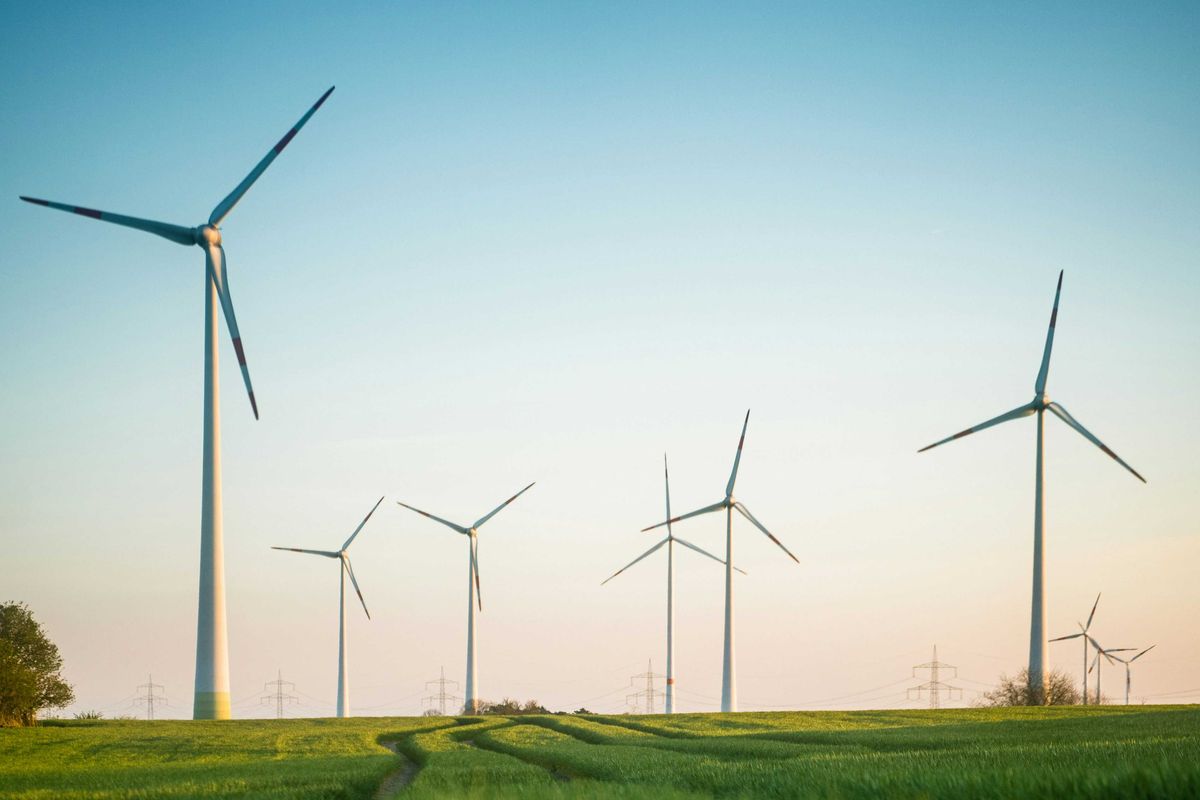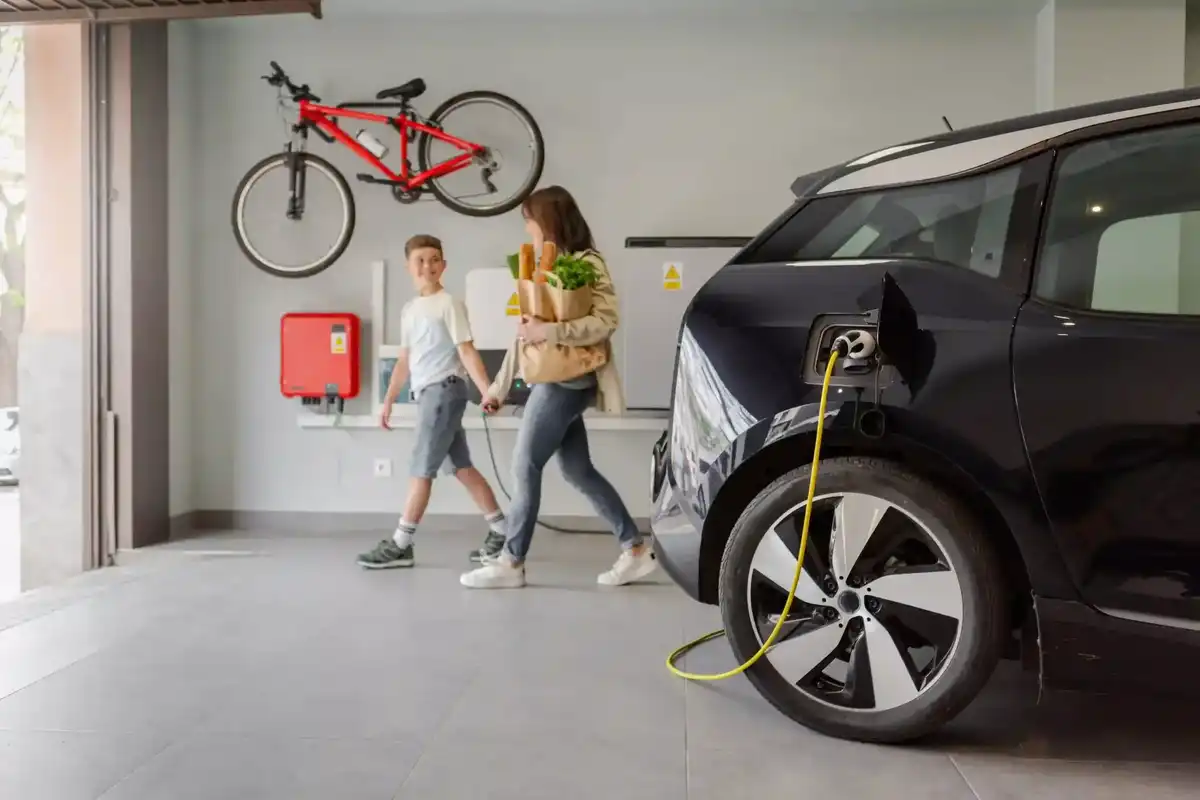Houston expert: Is China leading the global energy transition?
guest column
China plays a big role in the global push to shift from fossil fuels to cleaner energy. It's the world's largest carbon emitter but also a global leader in solar, wind, and battery technologies. This combination makes China a critical player in the energy transition. China may not be doing enough to reduce its own greenhouse gas emissions, but it is leading the way in producing low-cost, low-carbon solutions.
Why Materials Matter
One of the biggest challenges in switching to alternative energy is the need for specific materials like lithium, cobalt, and rare earth metals. These are essential for making things like solar panels, wind turbines, and batteries. In her report, "Minerals and Materials Challenges for Our Energy Future(s): Dateline 2024," Michelle Michot Foss emphasizes the critical role of materials in energy transitions:
"Energy transitions require materials transitions; sustainability is multifaceted; and innovation and growth will shape the future of energy and economies."
China controls much of the supply and processing of these materials. For example, it produces most of the world’s rare earth metals and has the largest capacity for making batteries. This gives China a big advantage but also creates risks. Michot Foss points out:
"China’s command over material supply chains presents both opportunities and risks. On one hand, it enables rapid scaling of technologies like wind, solar, and batteries. On the other hand, it exposes the global market to potential vulnerabilities, as geopolitical tensions and trade barriers could disrupt these critical flows."
China’s strategy for dominating alternative energy materials is also closely tied to its national security interests. By securing control over these critical supply chains, China not only hopes to guarantee its own energy independence but also gains significant geopolitical leverage.
“Is China’s leadership strategic or accidental? China’s dominance is a consequence of enormous excess materials supply chain and manufacturing capacity. A flood of exports are undermining materials and “green tech” businesses everywhere. It heightens vulnerabilities and geopolitical tensions. How do we in the US find our own comparative advantage?” Michot Foss notes that advanced materials should be a priority for US responses, especially as attention shifts to nuclear energy possibilities and as carbon capture and hydrogen initiatives play out.
Balancing Energy Growth and Emissions
GabrielCollins, in his report "Reality Is Setting In: Asian Countries to Lead Transitions in 2024 and 2025," offers another perspective. He focuses on how developing nations, especially in Asia, are shaping the energy transition:
"The developing world, including many countries in Asia, increasingly demand that developed nations’ policy advocacy stop treating the economic and environmental needs of the developing world as an afterthought."
Collins highlights China’s dual strategy: investing heavily in renewables while still using coal to meet its growing energy demand. He explains:
"China, which now has installed a terawatt combined of wind and solar capacity while still ramping up coal output and moving to dominate EV and renewables supply chains and manufacturing."
This strategy appeals to other developing nations, which face similar challenges of balancing energy needs with environmental goals while fostering economic growth and expanding industries.
The Numbers: Progress and Challenges
McKinsey’s Global Energy Perspective 2024 provides some useful data. On the bright side, China is installing renewable energy faster than any other country. In 2023, it added over 100 gigawatts of solar capacity, a world record. Wind energy is growing quickly too, and China leads in producing electric vehicle batteries.
But McKinsey also notes the challenges. Coal still generates more than half of China’s electricity. While renewable energy is growing fast, it’s not replacing coal yet—it’s just adding to China’s total energy capacity.
McKinsey sums it up: China is leading in renewable energy deployment, but its reliance on coal highlights the slow pace of deep decarbonization. The country is transitioning, but not fast enough to meet global climate targets.
Is China Leading or Lagging?
So, is China leading the energy transition? The answer is: it depends on how you define “leading.”
If leadership means building more solar and wind farms, dominating the materials supply chain, and being the leading supplier of low-carbon solutions, then yes, China is ahead of everyone else. But if leadership means cutting their own emissions quickly and shifting away from fossil fuels, China still has work to do.
China’s approach is practical. It’s making progress where it can—like scaling up renewables—but it’s also sticking with coal to ensure its economy and energy needs stay stable.
Final Thoughts
China is both a leader and a work in progress when it comes to the energy transition. Its achievements in renewable energy are impressive, but its reliance on coal and the challenges of balancing growth with sustainability show there’s still a long road ahead.
China’s story reminds us that the energy transition isn’t a straight path. It’s a journey full of trade-offs and complexities, and China’s experience reflects the challenges the whole world faces. At the same time, its focus on national security through energy independence and industrial strategy to build low-carbon export businesses signals a strategic move that is reshaping global power dynamics, leaving the United States and other nations to reevaluate their energy policies.
———
Scott Nyquist is a senior advisor at McKinsey & Company and vice chairman, Houston Energy Transition Initiative of the Greater Houston Partnership. The views expressed herein are Nyquist's own and not those of McKinsey & Company or of the Greater Houston Partnership. This article originally ran on LinkedIn on December 5, 2024.








 Air Liquide and Hyundai agreed to expand hydrogen refuelling networks, storage capacity and more at a meeting in Seoul last week. Photo courtesy Air Liquide.
Air Liquide and Hyundai agreed to expand hydrogen refuelling networks, storage capacity and more at a meeting in Seoul last week. Photo courtesy Air Liquide.
